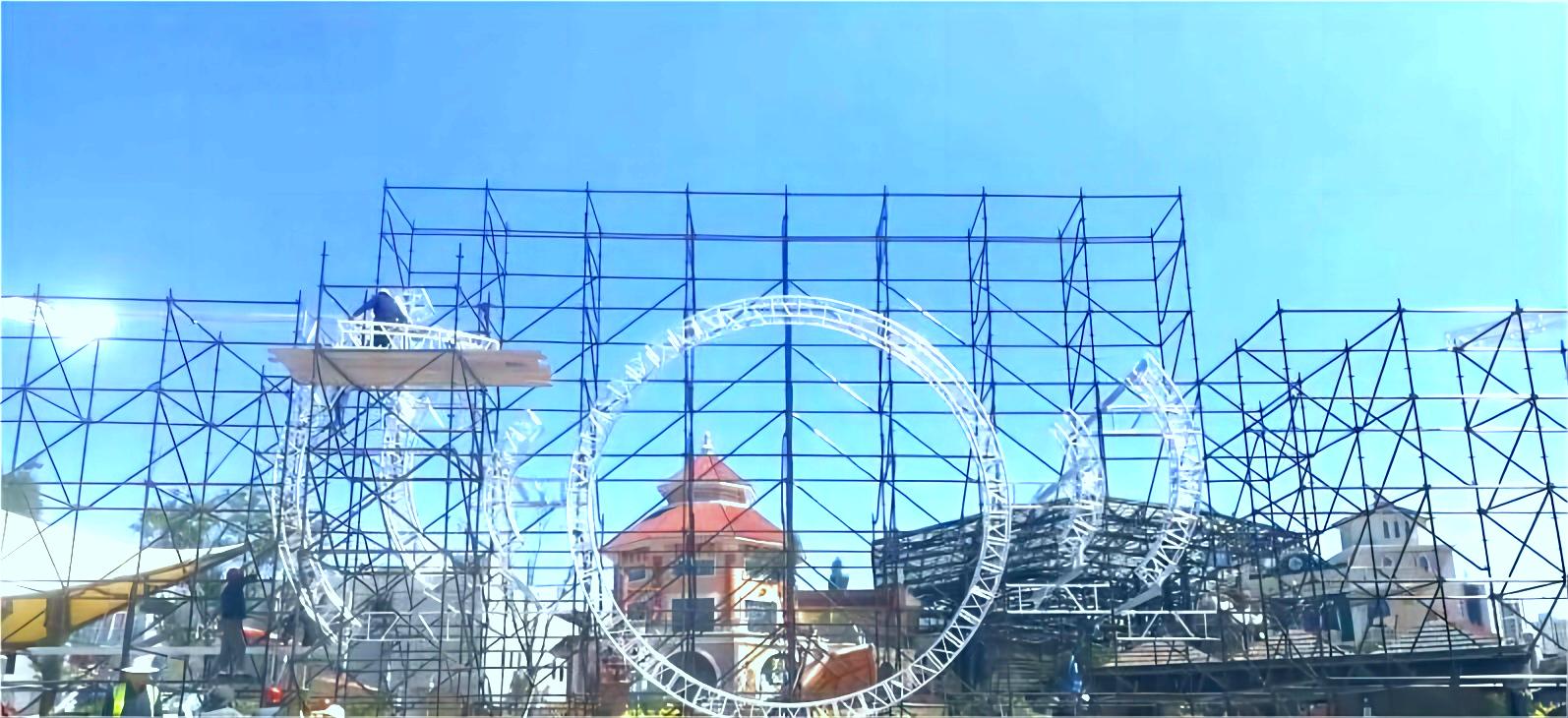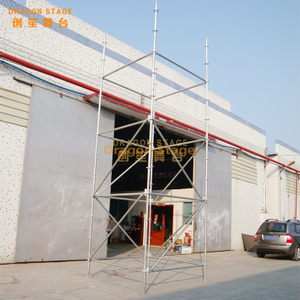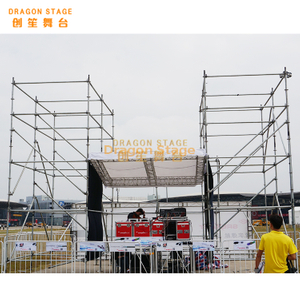- HOME
- TRUSS
- STAGE
- SCAFFOLD
- EVENT SUPPLY
- PROLIGHT
- LED Par Light
- Led Cob Light
- Moving Lights
- Laser Lights
- Beam Light
- LED strobe light
- LED Effects Light
- Washer Light
- LED Flood Lights
- LED Video Lighting
- LED Matrix Lights
- Stage Lighting Controller
- Lighting Accessories
- Lighting Project Case Plan & Solution
- Stage Art Prolight
- Art Prolight
- Art Pro
- Public Pro
- Art Shine
- Art Link
- PROSOUND
- MACHINERY
- FLIGHTCASE
- Event Tent
- Event Tables and Chairs
- Event Led Display
- Event Supplies
- Party Event Needs
- Event Packing Box
- Wedding Event Jewelry
- PROLIGHT
- SHOP
- CUSTOM CASE
- SUPPORT
- ABOUT US






































